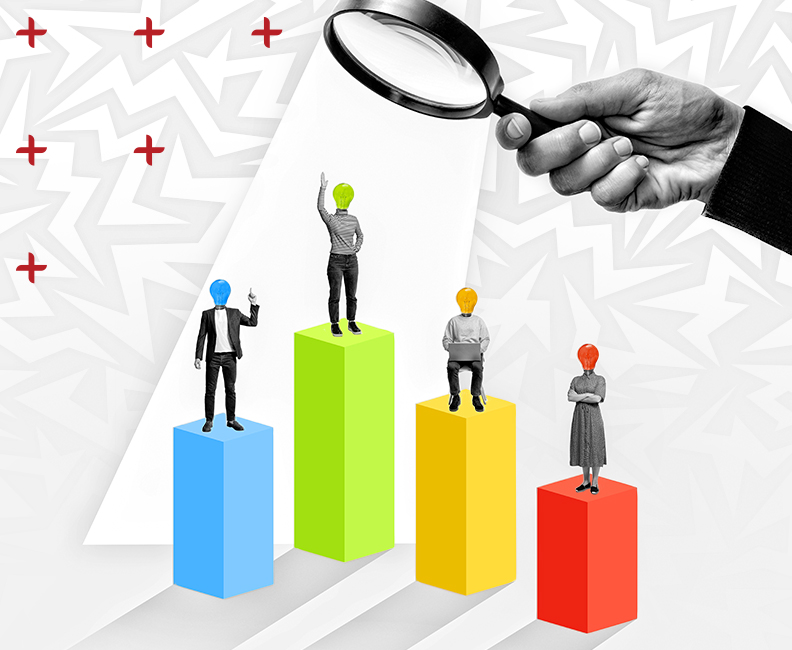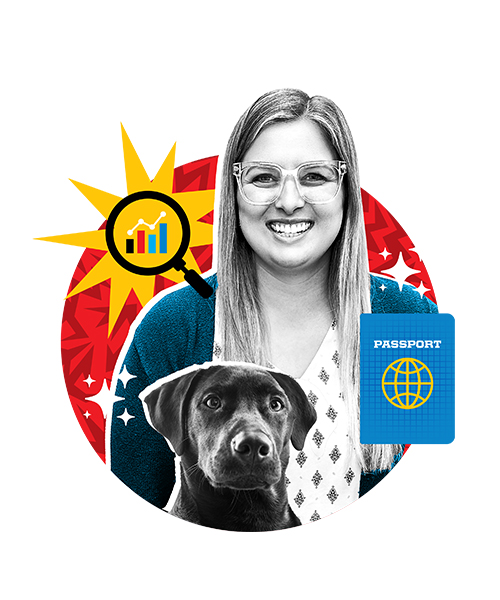
Thinking
Turning focus group feedback into bold brand decisions
In a digital world filled with analytics and data, it’s easy to forget that great brands are built on something deeper: human connection. Focus groups can help you build a bridge between technology and people, providing a great blend of data and human connection.
When used intentionally, focus groups go beyond research by offering a direct line to the emotions, motivations and perceptions that shape how your audience truly experiences your brand.

Why focus groups matter in brand building
Focus groups offer a unique kind of value that goes far beyond a typical survey. They uncover the emotional drivers behind behaviors like values, fears and motivations that shape how and why people engage with your brand. Best of all, they often reveal insights you didn’t even think to ask about. That’s the kind of perspective that helps you avoid blind spots, connect on a deeper level and move forward with more confidence in your marketing strategy.
What makes a focus group insightful?
It all boils down to this: It’s not about the questions. It’s about the conversation.
A great focus group session doesn’t involve a rapid-fire interview or a data dump. Instead, it’s a strategically structured dialogue aligned with your research objectives. The difference between collecting feedback and uncovering real insight comes down to how the session is designed and facilitated.
Here’s what makes an effective focus group session:
- Start with a clear goal: As you explore messaging, perception or positioning, your goal should guide who you invite, what questions you ask and how you ask them. A clear purpose ensures that every moment in the room contributes to smarter brand decisions.
- Ask the right questions: Stacking questions kills momentum. Instead, use thoughtful, open-ended prompts that spark deeper discussions. When people feel at ease, they tend to open up in more honest and insightful ways. Also, don’t be afraid to stray from the preplanned questions. If the conversation takes you down a different path, you should follow it. You might be surprised where it takes you.
- Use multisensory, interactive activities: Activities like sorting, sketching or completing short writing prompts engage different thinking styles and often reveal insights participants didn’t even know they had. These moments make sessions more dynamic and insightful.
- Balance voices in the room: Strong moderation ensures that no one dominates conversations, and quieter participants feel encouraged to speak. When everyone is heard, the insights are more diverse, honest and useful.
Turning action into insight
A focus group without actionable next steps is just a conversation. The real value lies in translating what you heard into strategic direction and actions to take to move your brand forward with purpose and clarity.
Here’s how to turn input into impact:
- Identify themes: Look past the basic quotes to find patterns, emotions and moments of disagreement. This helps uncover the deeper “So what?” behind what participants shared. You can use analytical methods like deductive and inductive analysis to identify those themes. Deductive analysis tests predefined themes like trust or tone, while inductive analysis uncovers new ideas that emerge naturally. Together, they help you confirm expectations and discover unexpected insights that can transform your brand strategy.
- Bring insights to life: Once you’ve uncovered what matters most to your audience, turn those insights into practical brand tools. That could look like:
- Messaging that sounds like your audience and speaks to what they care about
- Visuals that match the right mood and emotion
- Campaign ideas based on what people truly need
- A brand position that feels real and relevant to your audience
- Gain internal alignment: Focus group insights create clarity and shared understanding, helping your team align around a clear path forward. That helps drive brand consistency.
In the end, focus groups aren’t just about listening — they’re about hearing what matters most and using that clarity to make bolder, better brand decisions.
If your brand needs help turning insights into impact, contact us today!

